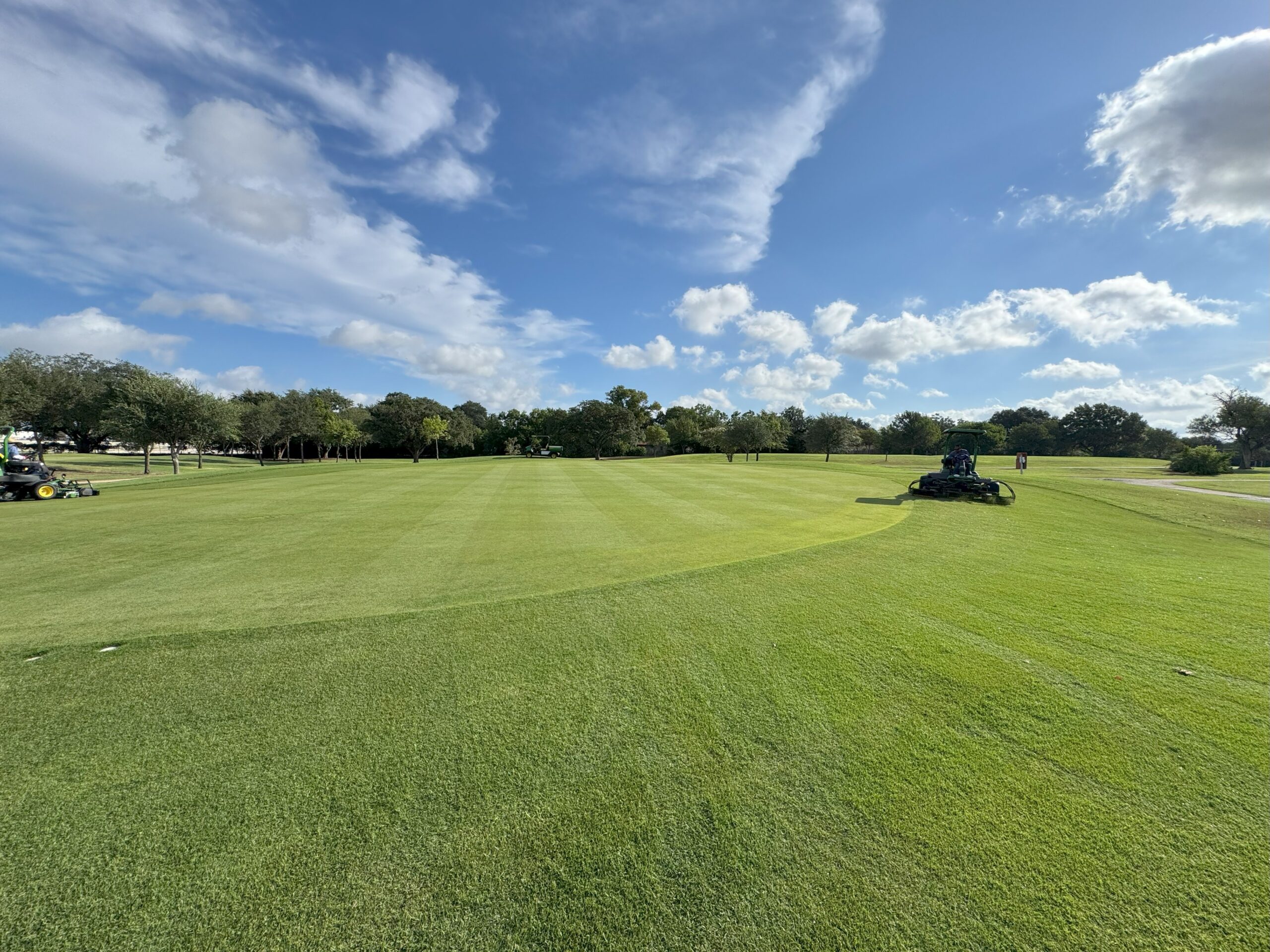The Greenskeeper’s Guide to Fixing Ball Marks

The worst feeling: walking up to a perfectly-hit approach shot, 10 feet from the hole, just to see a giant scar in the green from a ball mark that was not properly fixed… right in your line. Ball marks are unavoidable for any golfer, but the long-term effects of improper repair are entirely preventable. The Alamo City Golf Trail is here to break down why fixing ball marks is essential and how to fix them the next time you are out playing a round of golf.
Why Should You Fix Ball Marks?
Fixing ball marks is essential to the longevity of course conditions. Unrepaired or improperly repaired ball marks can take weeks to heal and oftentimes leave a scar or crater in their place, resulting in inconsistent and bumpy greens. The small amount of time it takes to fix a ball mark correctly can go a long way in maintaining the longevity of course conditions. Correctly repairing ball marks ensures that the grass remains healthy, smooth, and ready to sink putts.
How do you fix Ball Marks?
Fixing ball marks is easy and takes four simple steps:
- Find a pointed tool that can be used to fix a ball mark. This tool can be anything that is pointed, such as a golf tee or a golf ball mark repair tool.
- Insert the repair tool around the perimeter of the ball mark, ensuring it is pushed in towards the center of the ball mark. It is essential to avoid using a lifting or twisting motion, as this can damage turf roots and lead to further damage to the green.
- Once the turf is moved to the center of the ball bark, gently tap it down with the end of your putter or foot to smooth out the green.
- Practice the 1 + 2 rule. Once you are finished fixing your ball mark, find two others to fix as well! Taking an extra 20 seconds to fix a couple more ball marks helps keep all of the ACGT courses healthy and ready to play for years to come.
Want to learn more? Check out what the USGA has to say about the 5 Things Every Golfer Should Know About Repairing Ball Marks
